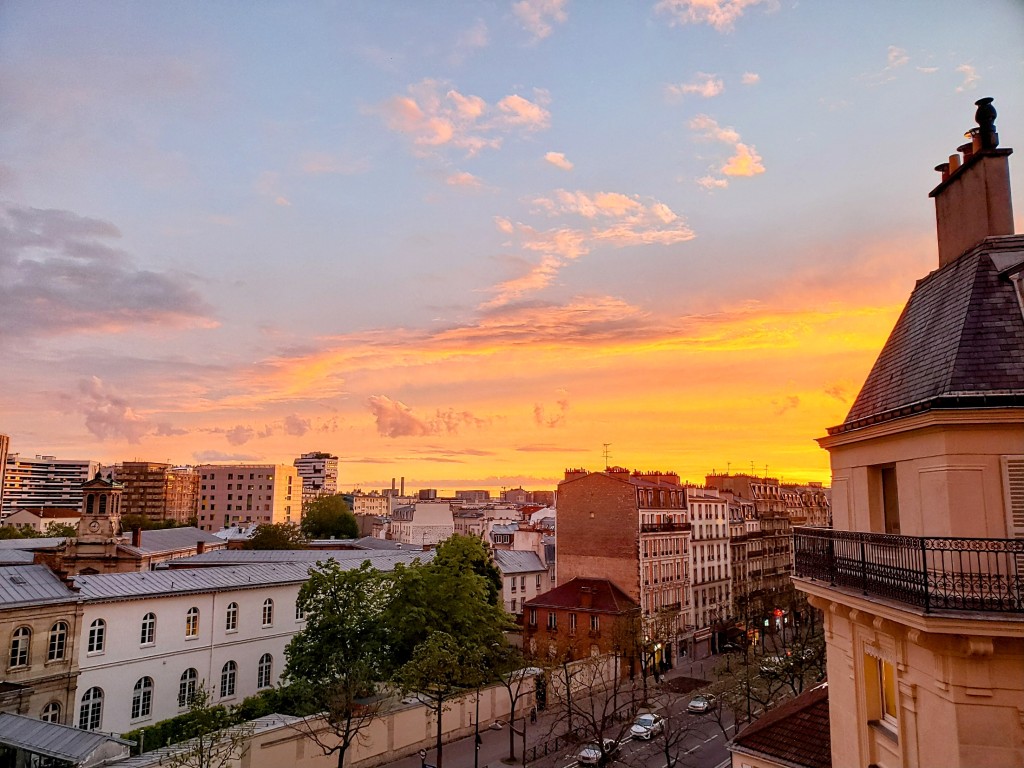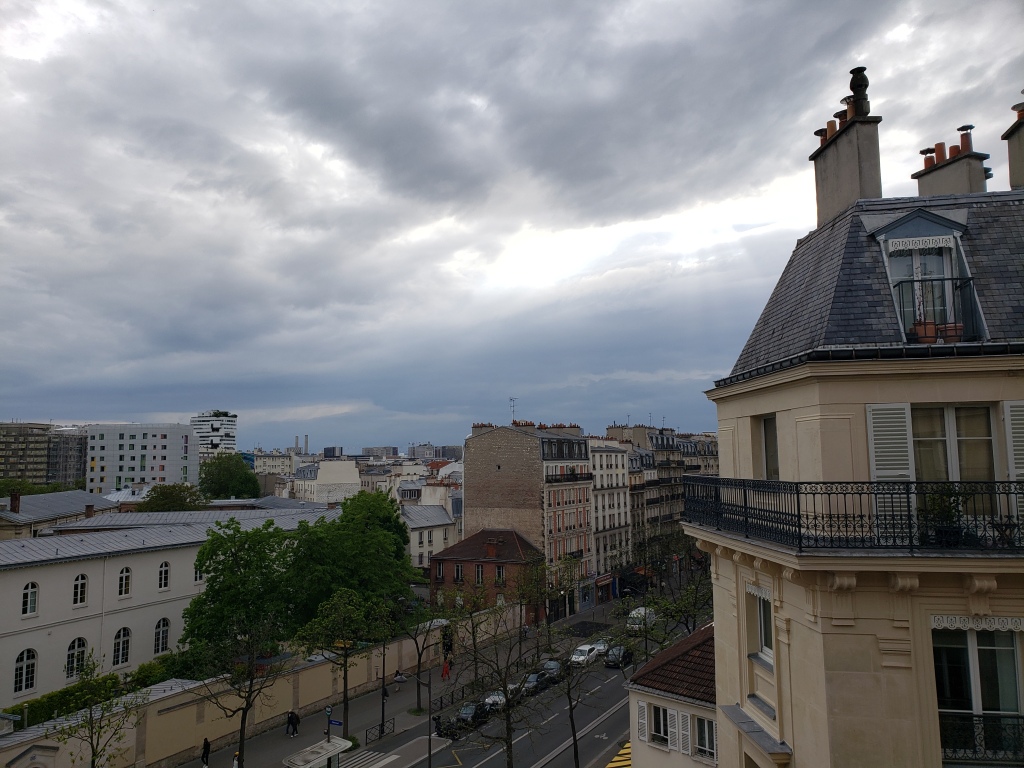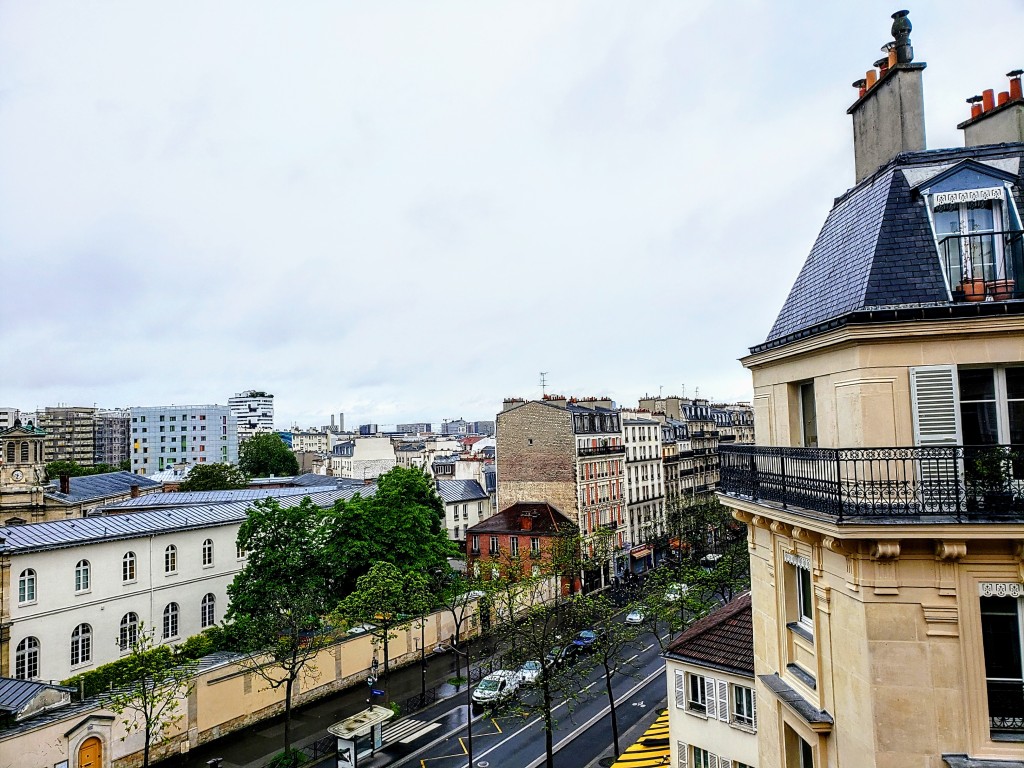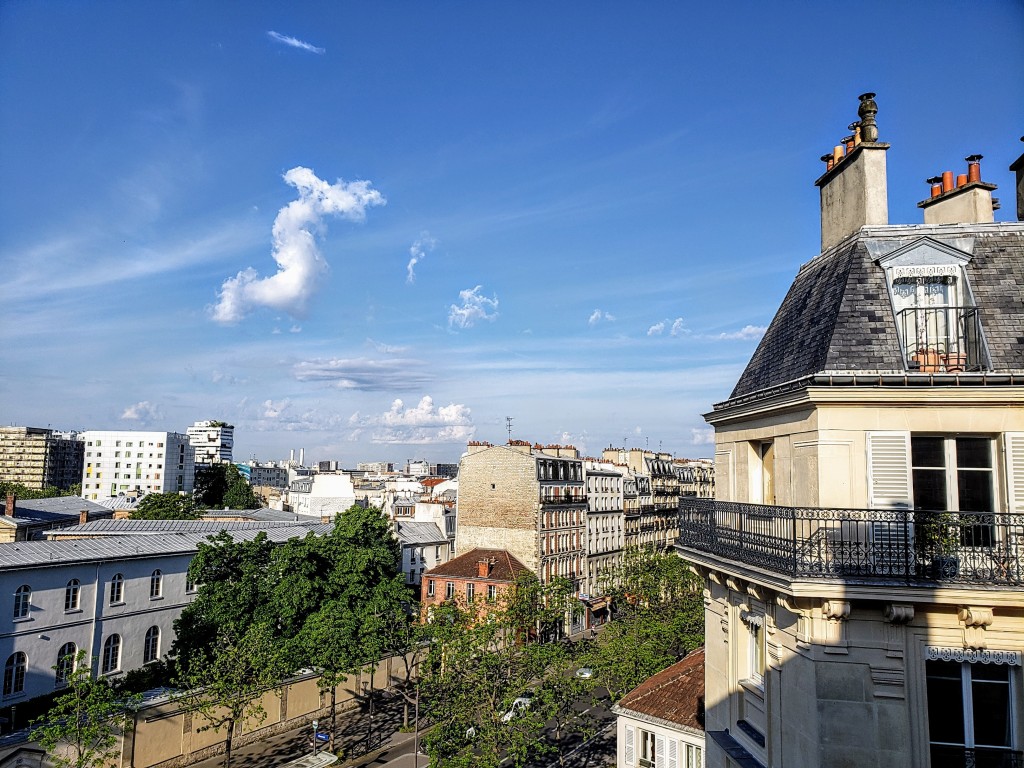I am, as friends and colleagues know, not among those who feel that technology is all too often a distraction or an unwelcome intruder in learning spaces or in the learning process; I’ve had wonderful instructors and mentors who have shown me otherwise. I have consistently, for more than a decade, supported the idea that technology, when used mindfully and well-integrated into learning, can tremendously augment the learning experiences we pursue. I was, in fact, astounded a decade ago when I read of a private university that placed strict limits on the use of technology—including a policy preventing the use of cellphones and other handheld devices with wireless or cellular date on campus—a set of policies that continues to this day, a visit to the school’s website shows; I felt at the time—and continue to feel—that helping students learn how to effectively and productively understand when and when not to use it is part of preparing them for positive, active engagement in the world we inhabit.
Combining technology and learning was very much on my mind as I prepared for a three-week trip to Paris since I very much saw the journey as, among many other things, an extended learning opportunity. I was firmly committed to not being drawn into work or anything else that is part of my day-to-day life here in San Francisco, and I also wanted to be sure I had whatever tech tools I needed to navigate the city, write, take photographs, and have the essential moment-to-moment ability to stay in touch with the friends with whom I would be spending time while in Paris.
Arriving with a lightweight travel laptop, a tablet, a cellphone, a couple of large empty notebooks and a fountain pen and bottle of ink seemed to provide what I expected to need. Deciding to rely on limited local wi-fi access rather than having a data plan or SIM card that would give me 24/7 Internet access also seemed to be a good way to be sure I didn’t fall into the habit of continually checking for messages or being interrupted by calls, text messages, or social media alerts when I was immersed in exploring the city, learning, and spending time with friends. But technology, in the most unobtrusive of ways, became an integral part of the myriad experiences I had in Paris, beginning in an unexpected way within the first few days of our arrival.
I stand beside that world-famous pond in Monet’s garden, in Giverny, fairly early one morning a few days after our arrival is Paris. I hear robins and sparrows. The rushing of water in a nearby stream. Feel the moisture of the gently falling rain on my face and hands. Am overwhelmed by the explosively spectacular vibrant purple wisteria flowing over and around the Japanese bridge I have seen in reproductions of Monet’s paintings over the span of many decades. And look at those water lilies floating in the same pond which Monet helped create and from which he drew so much of his inspiration. I need nothing else to feel as if the moment is a complete expression of perfection. Then, after absorbing the sounds fragrances textures colors that are caressing me, it finally occurs to me to pull out my cellphone and snap a few photographs so I can later return to those images to keep the memories alive. And that’s when magic happens: I focus on a small, tight grouping of water lilies. Make sure the lighting is just right to pick up the undulating ripples formed as raindrops hit the surface of the water. Snap the shot. Look at it. And am amazed by all the photograph reveals. While it is far from being a Monet painting, it does make me realize that this is what Monet might have been seeing and experiencing as he produced some of those lovely works of art. It makes me realize that the century that has passed since he was here is not something completely lost in time. The use of that camera and my decision to look at the photograph while also looking at the living setting makes the entire stretch of time from the day he used his technology—paint and brushes—to the day I’m immersed in the setting and the paintings he produces one lovely uninterrupted extended moment—something I might not have felt as viscerally if my technology had not so unobtrusively revealed something that was waiting to be discovered learned absorbed.
The moment affects everything that happens for the remainder of that three-week trip. I begin thinking about how he paints the haystack series to play with light and color over extending periods of time, and that inspires me to take photographs at least twice a day—in the morning and the evening—from the same spot (the room where we are staying not far from the Place de la Nation). Look for subtle differences each photograph reveals. Use the settings on my cellphone to manipulate those images to produce varying highlights of brightness and darkness. Crispness and softness. Clarity and obfuscation. And the more I play, the more I learn, for I have never before fully explored how the cellphone allows me to manipulate the photographs in so many ways. Shots that initially are somewhat drab and lacking in contrast come to life with the simplest of alterations. Colors that initially are pleasant become enticingly sensual, nearly hyperreal. Details that are distractions are easily removed through repeated cropping. And I even discover the long-ignored function that allows for the removal of distracting elements—the person who inadvertently stepped into the picture frame just as I captured the image. All of this means I am living experiencing enjoying capturing memories, creating memories and learning in ways that would have been impossible without the intervention of the simple technology that is augmenting the experiences as they happen.
Learning more fully how to effectively incorporate the available technology into the creation and sustainability of the experiences I am having continues unexpectedly and consistently. I find myself lingering over the sight of the Paris skyline from the restaurant near the top of the Centre Pompidou at one point and, after simply luxuriating in the view for an extended period of time, decide to see what would happen if I photographed it with my cellphone camera pushed directly up against a rain-speckled window, and am pleasantly surprised that the result is a distant cousin of an impressionist painting—shapes and colors just clear enough to suggested the more crisp image our own eyes provide. Sitting in Saint-Germain-de-Prés—that gorgeous centuries-old cathedral full of brilliant stained-glass, brightly-colored pillars (not long ago refurbished), beautiful sculpture, and acoustics that embrace you like the friend who is the center of your life—provides an unexpected learning experience when my finger slips and I inadvertently begin to create a video rather than capturing a single photograph; it doesn’t take me long to realize that if I use that video function to photograph parts of the interior while the organist is rehearsing, I’ll have that moment at my fingertips anytime I have the urge to relive it as fully as I can. Similar rehearsals, a cappella services, and even the chiming of church bells at noon provide additional opportunities in other Parisian churches to learn while augmenting experiences through experimenting with the use of the video function on my cellphone, and I know this is something that I will continue to explore and incorporate into my training-teaching-learning as well as into my writing long after I return home.
The three-week long-extended learning moment in Paris continues here in San Francisco as I compose this piece on my word processor. Something makes me look up. Through the open door into our backyard, where water from our fountain flows melodiously and comfortingly into its basin, and spring-soft midday light dramatically calls my attention to the red-tailed hawk that is perched on top of the fountain, less than 10 feet from where I am sitting. I slowly pick up my cellphone. Start to zoom in and focus on the resting hawk to capture it in a single photographic image. But before I can snap the first shot, it extends its wings. Floats away with the sounds of its wings cutting through the air. Is gone before I’ve had a chance to think of what I just missed capturing. And then, as my learning continues, I realize I haven’t missed a thing. There is no photographic image. But the moment is burned indelibly in my mind and captured here in this piece. To be relived whenever I have the urge to read and bring it back to life again.
NB: This is the twelfth in a series of reflections on traveling and learning in Paris.






